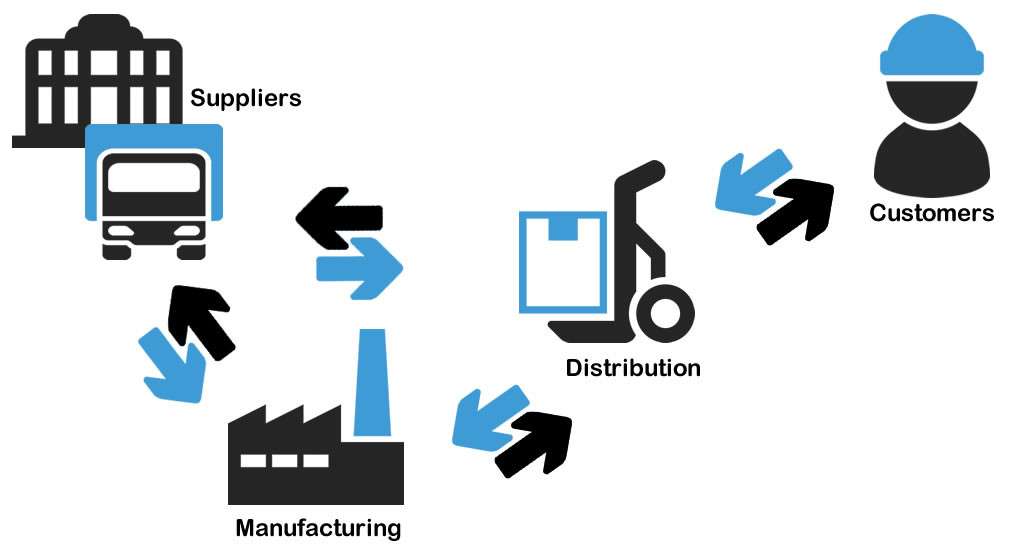Blog
Featuring insights and advice from ERP software experts and advisors and getting clients ready to become a modern CloudERP-managed business. Level up your knowledge of Enterprise Resource Planning!
Cloud Software Solution Blogs
Blogs on Cloud ERP (Enterprise Resource Planning) systems provide valuable insights and information for businesses and professionals who are interested in or already using cloud-based ERP solutions. These blogs offer numerous benefits that can help readers stay informed, make informed decisions, and maximize the advantages of Cloud ERP. Here are some key benefits of reading blogs on Cloud ERP:
Education and Awareness: Cloud ERP technology is continuously evolving. Blogs offer readers the opportunity to stay up-to-date with the latest trends, updates, and best practices in the world of ERP. This knowledge is crucial for businesses looking to make the most of their cloud ERP investments.
Problem Solving: Blogs often provide solutions to common issues and challenges encountered by users of Cloud ERP systems. Readers can find troubleshooting guides, tips, and tricks to resolve problems efficiently, saving time and resources.
Product Reviews and Comparisons: Blogs often feature product reviews and comparisons of various Cloud ERP solutions. This can help readers make informed decisions when selecting an ERP system, ensuring that the chosen solution aligns with their specific needs and objectives.
Case Studies: Many blogs include real-world case studies that illustrate how businesses have successfully implemented Cloud ERP and the benefits they have realized. These case studies can serve as sources of inspiration and provide practical insights into ERP deployment strategies.
Best Practices: Blogs often offer advice on best practices for Cloud ERP implementation, customization, and utilization. Following these best practices can help businesses optimize their ERP systems for their unique requirements and maximize the benefits of their investment.
Cost Savings: Cloud ERP is known for its cost-effectiveness, and blogs may discuss strategies for reducing operational costs further. Readers can discover ways to improve their ROI and better manage their financial resources.
Security and Compliance: Blogs often address important topics related to data security and compliance in the context of Cloud ERP. Readers can learn about the latest security measures, regulatory changes, and how to protect sensitive business data in the cloud.
Scalability and Flexibility: Cloud ERP systems are prized for their scalability and flexibility. Blogs can help readers understand how to adapt and expand their ERP solutions as their business grows, ensuring that the technology keeps pace with their evolving needs.
Community and Networking: Many blog readers leave comments and engage in discussions, creating a sense of community around Cloud ERP. This can be a valuable resource for networking, sharing experiences, and seeking advice from fellow professionals.
Continuous Improvement: Blogs emphasize the importance of continuous improvement and innovation in the Cloud ERP space. Readers can gain insights into how to leverage emerging technologies, such as AI and IoT, to enhance their ERP systems and stay ahead of the competition.
In summary, blogs on Cloud ERP systems are an invaluable resource for professionals and businesses seeking to harness the full potential of cloud-based ERP solutions. They offer educational content, problem-solving guides, product insights, best practices, and a supportive community that can empower readers to make informed decisions and optimize their ERP systems for efficiency, cost-effectiveness, and competitiveness in today's fast-paced business landscape.
Happy Blog Reading!

Enhancing Business Central: Office 365, Integration & PowerPlatform
Business Central easily connects with Microsoft 365, expanding its capabilities. This integration not only enhances Business Central with additional features but also enriches..

Transitioning from a Paper-Based to Digital Warehouse: Top Advantages
Digital Warehousing - Targeted Enhancements to Improve Warehouse Processes When Australian business leaders contemplate ways to enhance their warehouse processes, they often..

Picking the Ideal Warehouse Management System for your Business
Making the Right Choice: Picking the Ideal Warehouse Management System for your Business The main purpose of a Warehouse Management System (WMS) is to streamline every aspect of..

Introduction of AI capabilities in Microsoft Dynamics & Power Platform
We are incredibly excited about the new capabilities of AI, including the recent ones announced for Microsoft Dynamics and Power Platform. In fact, I’m so excited that I’ve come..
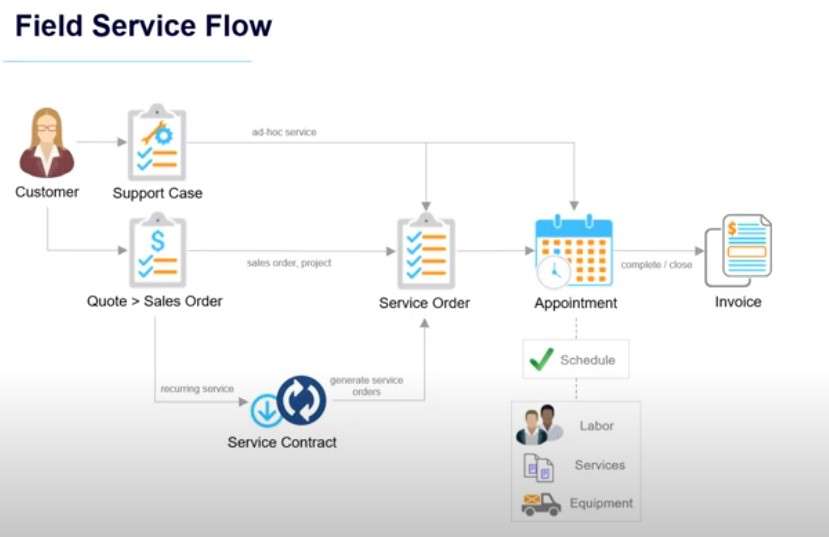
Best Practices for Successful Field Service Management
What are the key components of a successful field service management system? Field Service Management (FSM) has become an integral part of modern business operations. Whether..
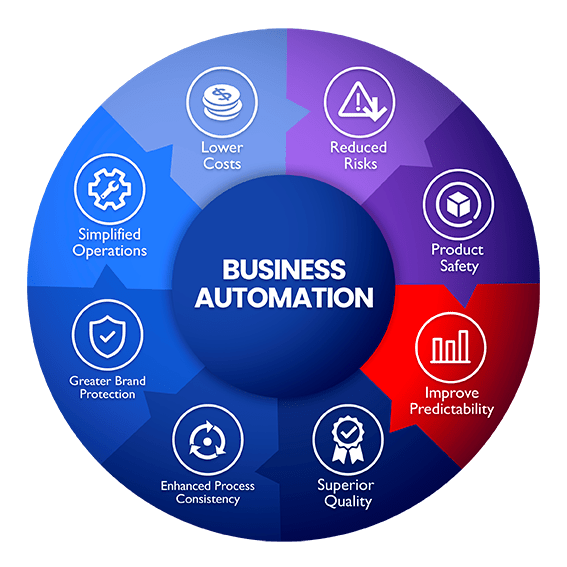
Streamline Your Business Processes with BPA and Cloud ERP
Cloud ERP (Enterprise Resource Planning) systems are software solutions that integrate various business functions, such as finance, human resources, supply chain management, and..
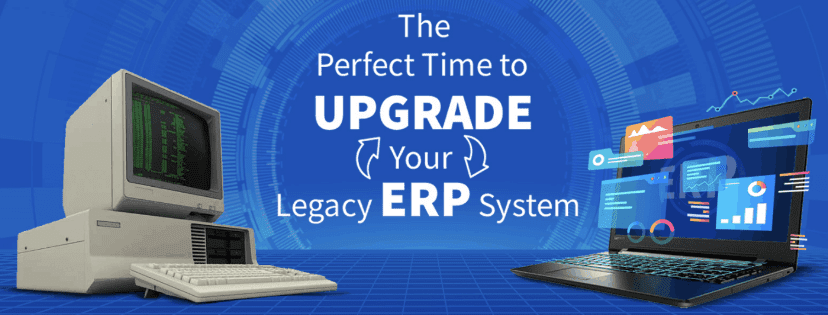
The Hidden Costs of Sticking with a Legacy ERP
The world of Enterprise Resource Planning (ERP) systems has evolved dramatically in the last few years. The rise of cloud-based computing, the adoption of artificial intelligence..

Navigating TPAR: A Guide for Businesses and Contractors
What does TPAR stand for? If you're a business owner in Australia, you may have come across the term TPAR. But what does it actually stand for? TPAR stands for Taxable Payment..

How Microsoft D365 Sales Integrated CRM & ERP Can Boost Profitability
In today's competitive business landscape, it's critical to have a robust system in place to manage customer interactions and streamline back-office operations. Microsoft Dynamics..

Classifying workers as employees or independent contractors
The ATO has responded to recent High Court decisions that will change the way employers need to distinguish between employees and contractors. Working out the difference between..

2023 Update: Paid Family and Domestic Violence Leave (FDVL)
Paid Family and Domestic Violence Leave (FDVL) law has come into effect as of 1st February 2023. Read this article to learn more about the new law, what rules employers need to do..

Benefits of Cloud ERP for Supply Chain? We ask ChatGPT! | CloudFactory
Cloud ERP solutions for supply chain management can help to streamline processes and provide real-time access to information for all stakeholders. This can help to reduce delays..

SAP Business One Security: Identity & Authentication Management (IAM)
Announcing SAP Business One Version 10.0 FP 2208 SAP Business One introduces the Identity and Authentication Management (IAM) service, allowing users to authenticate with their..
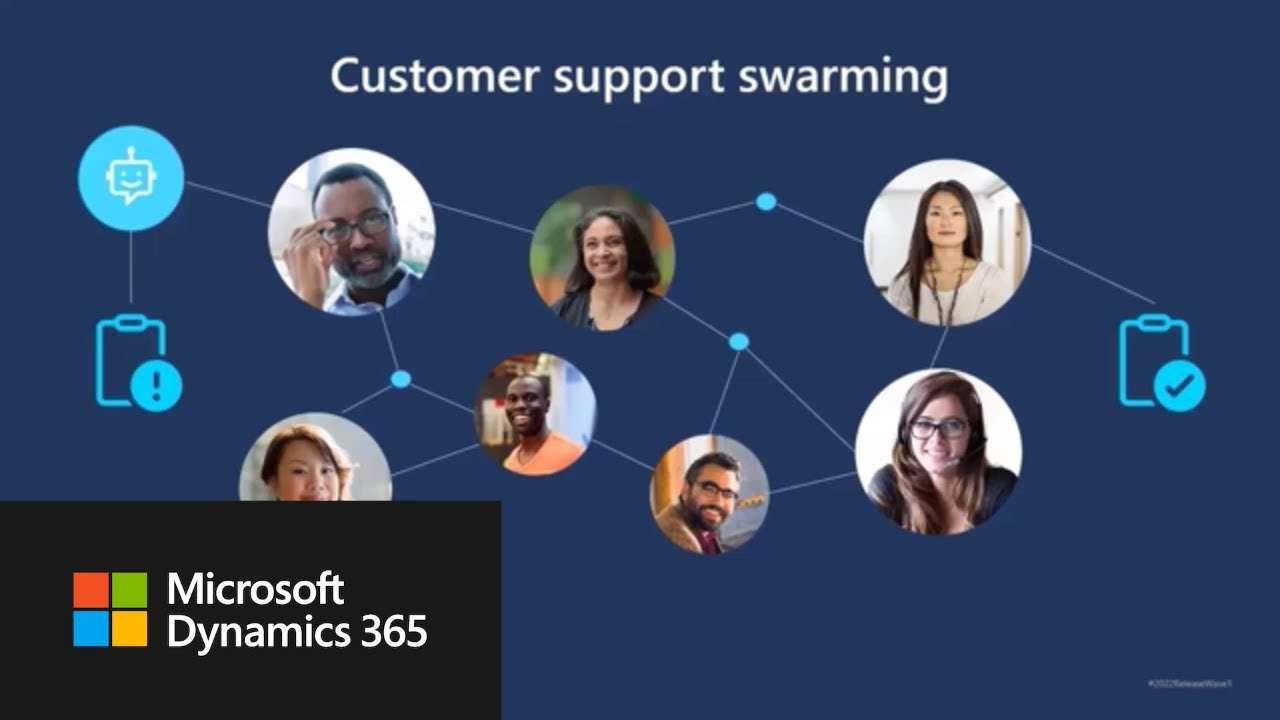
Microsoft Dynamics 365 Customer Service: Provide superior support
Microsoft Dynamics 365 Customer Service allows businesses to manage their customer service activities from one application, deliver faster and more personalised support, quickly..

Quality Control in Manufacturing with Microsoft Business Central
CloudFactory Manufacturing Execution Systems based upon Microsoft Dynamics 365 Business Central Manufacturing Edition reduces rework and returns by enabling you to track..

6 Priorities for a Cloud ERP solution for Multi-Company
Managing multiple companies in different systems? Find the right system with this guide.

